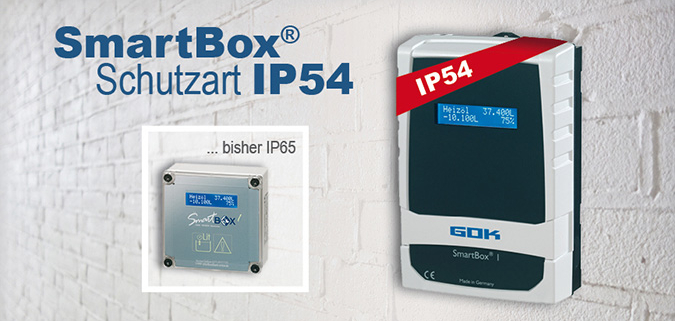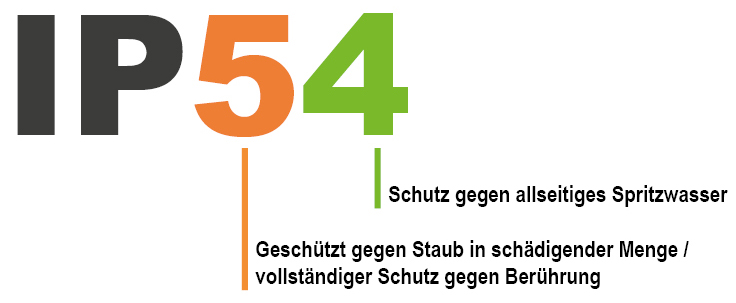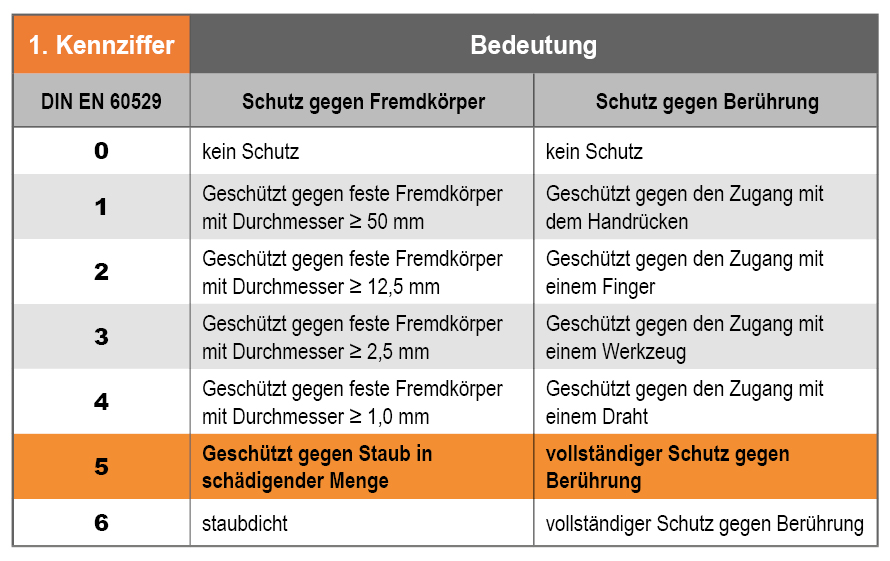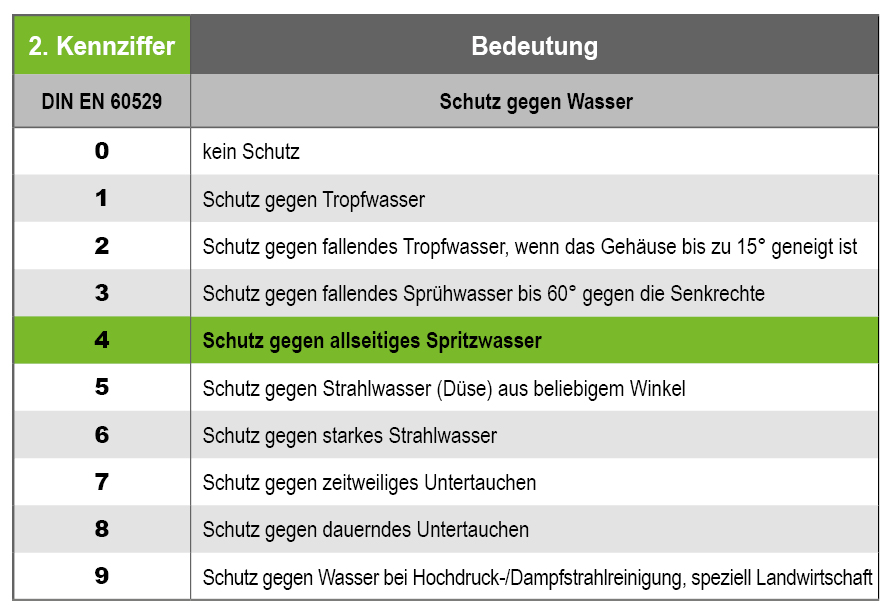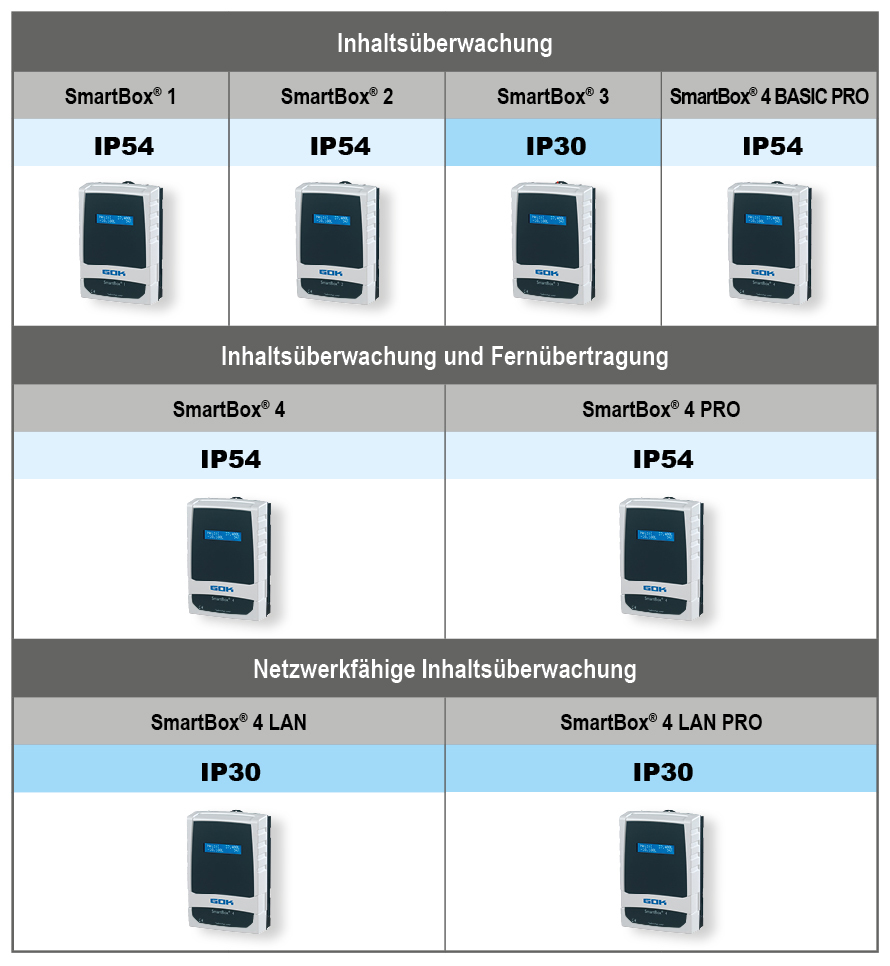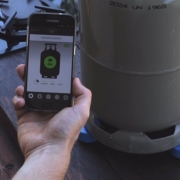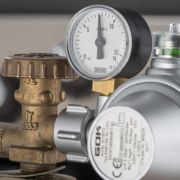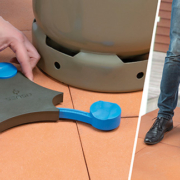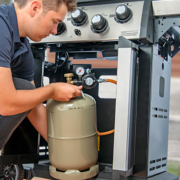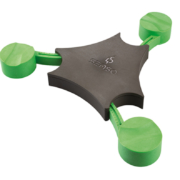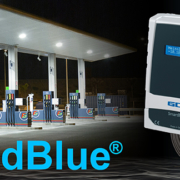What are the differences between protection types IP54 and IP65?
On 1 January 2018, GOK changed the housings for the level gauges of the SmartBox® series. This also resulted in a change in the protection type for the majority of the devices. The devices which were previously protection type IP65 are now covered by IP54. What are the differences? Does the installation or use change in any way? And what does “protection type” even mean? We’ll tell you in this article.
The SmartBox® series consists of various versions for monitoring liquid media in tanks, for example: fuel oil, diesel, water, urea solutions (such as AdBlue®). For over a decade, GOK supplied this level gauge in two housing versions: Either with protection type IP30 or IP65.
In simplified terms, users were able to install the version with protection type IP30 only in buildings; versions with IP65 could also be installed outdoors.
Meaning of protection type
First of all, we have the question: What is a protection type? This indicates the suitability of electrical and electronic devices for different environmental conditions. Among other things, it describes the protection against the potential penetration of solids and liquids into the housing.
Which standard applies and how is the code made up?
The standard DIN EN 60529 applies to our devices. In principle, the first and second digits are defined there according to the conventional “IP” (short for international protection).
The first digit determines the degree of protection against foreign bodies; the second is against water.
IP30 vs. IP54 vs. IP65
In the GOK product range, there are or were generally three protection types. The SmartBox® 3, SmartBox® 4 LAN and SmartBox® 4 LAN PRO are the last remaining versions with protection type IP30. Due to structural circumstances, according to the current status, only this IP code comes into question.
The IP65 protection type has been completely removed from the range and replaced by IP54. The direct comparison in the following table shows that the differences between these two IP codes are not too great.

 Where can I use what?
Where can I use what?
With IP30, the situation is quite clear: Devices with this protection type may only be installed in dry and protected rooms, for example in industrial halls or in the cellar next to the tank system.
If you install a device indicating IP54, of course, you may do it at least where IP30 devices are also installed. You can also install the SmartBox® 1 or 2 in weather-protected outdoor areas, for example. This means: It is possible to install it under an outdoor canopy.
What changes are there in terms of installation and use?
In principle, nothing changes in the use of the SmartBox®; the functions are the same. The installation is also similar, but no longer exactly the same. You can find all details on installation and start-up in the assembly and operating manual.
